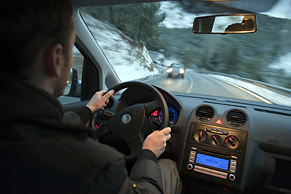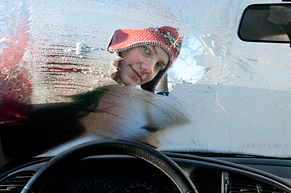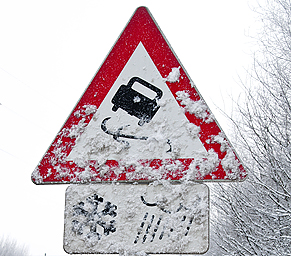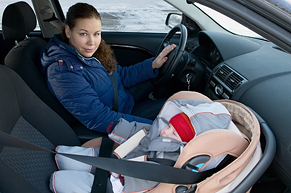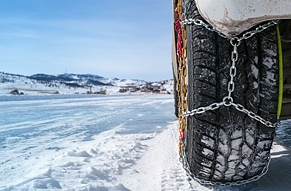Winter time is danger time: this season is marked by longer periods of darkness and cold and severe weather. People are bundled up in thick clothing, their glasses steam up, their boots slide on icy roads. Winter wear tends to be made of dark colors, making pedestrians invisible to drivers.
“The winter is a particularly hazardous season for drivers,” says Dr. Christoph Lauterwasser, Managing Director of the AZT. “Accidents on icy roads or during blizzards tend to lead to more severe damage or injuries than accidents under normal weather conditions. Waiting for assistance in the cold and dark, can also increase the severity of injuries. On the other hand, some drivers decide to stay home when conditions get bad, which is a very good decision and ensures that accident statistics don't go through the roof in the winter time.”
